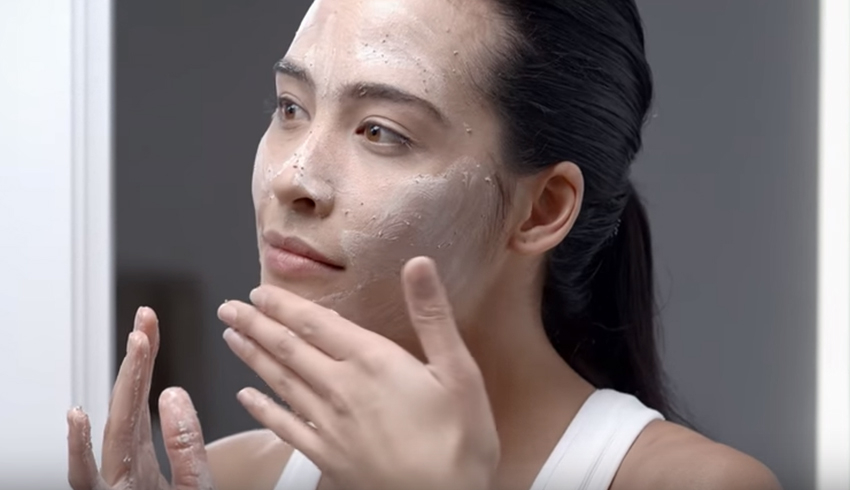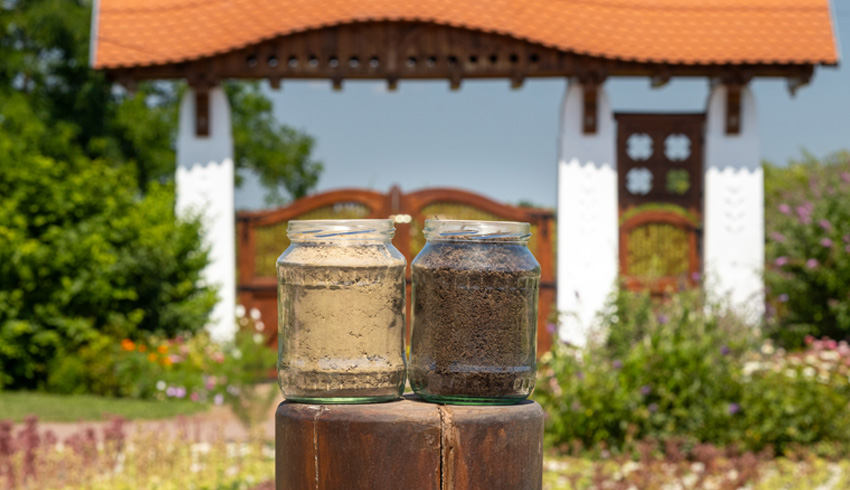
As you rinse off your favorite cleanser every day, how many of you think about what happens after it washes down the drain?
You may assume that your beauty products either biodegrade naturally or are safely treated and processed before being released back into our environment. And it’s true - water treatment facilities can process some of the harmful parabens, sodium lauryl sulfates, synthetic dyes that come from personal care products. However, there’s still a considerable amount of damaging beauty care waste that makes its way into our water systems. Plastic microbeads are one of the worst culprits and slip through water-treatment plants by the millions (Allure Magazine).
This past September, the California State Assembly passed a bill restricting the sale of personal care products (such as cleansers, exfoliants and toothpastes) that contain environmentally hazardous plastic microbeads. If signed into law, this bill will ban "selling or offering for promotional purposes in this state a personal care product containing plastic microbeads that are used to exfoliate or cleanse in a rinse-off product." (Huffington Post). According to Allure Magazine, “this is a huge step in the effort to protect wildlife endangered by the tiny plastic particles that have accumulated in rivers and oceans”, and we couldn’t agree more.
In a recent study by McGill University, researchers have found that the plastic microbeads sink to the bottom of lakes and rivers and stay there (CBC). These beads are then ingested by fish and other marine organisms that could potentially end up on our dinner plates. Once these tiny plastic beads end up in our food chain, a dangerous cycle begins.
The good news is that we can all do our part in eliminating harmful beauty byproducts from our environment by choosing safe, natural alternatives. Below is a breakdown of different types of Éminence exfoliants and their natural substitutes to plastic microbeads:
Physical Exfoliants:
Physical exfoliation uses fine, natural granules to physically slough off dead skin cells from the surface of the skin.
Examples:
- Stone Crop Fizzofoliant - uses stone crop and rice flour with adzuki flour to infuse skin with a youthful looking glow.
- Strawberry Rhubarb Dermafoliant - uses ground rice and chickpea flour to buff away surface impurities from the skin.
Enzyme Exfoliants:
Natural fruit enzymes like papain and bromelin help dissolve dead cells on the skin’s surface.
Examples:
- Arctic Berry Peel and Peptide Illuminating System – uses natural acids and papaya enzymes as key ingredients to exfoliate and visibly improve overall appearance of the skin.
- Yam and Pumpkin Enzyme Peel 5% - uses natural acids and naturally occurring fruit enzymes from yams, pumpkin, pineapple and papaya to remove dead skin cells from the skin.
Product Picks
Chemical Exfoliants:
Contrary to the name, chemical exfoliants can be perfectly safe and natural. Éminence chemical exfoliants use naturally occurring mild acids (AHAs & BHAs) that remove dead skin cells at a much deeper level than physical exfoliants.
Example:
- VitaSkin™ Exfoliating Peels – Our Firm Skin Acai Exfoliating Peel, for example, uses lactic and glycolic acids to deeply and gently exfoliate the skin.
Cream Exfoliants:
Cream based exfoliants that combine both physical exfoliants and natural fruit acids.
Want to learn more about our natural and environmentally friendly exfoliants? Watch our YouTube video below on How To Choose & Use Éminence Exfoliants:





